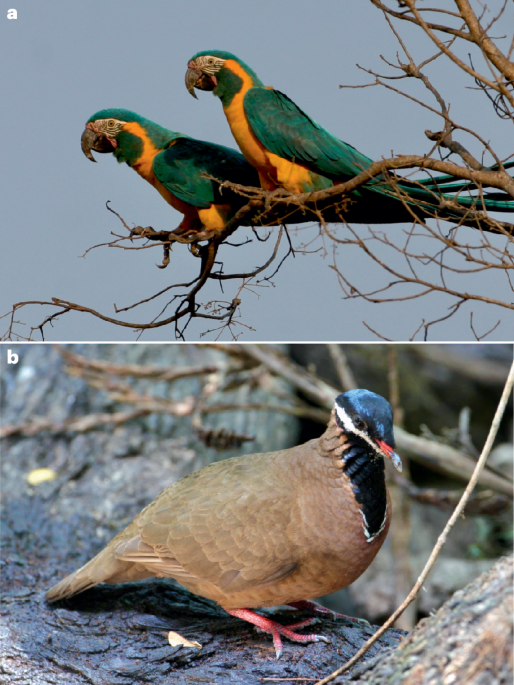In Europe, all anadromous sturgeon species are critically endangered, and many species are locally extinct4,5 (Fig. 1a,b). In North America, the historical abundance of all eight sturgeon species has also been greatly reduced. In China, the Yangtze River was once home to three sturgeon species3. In July 2021, the International Union for Conservation of Nature (IUCN) declared the Chinese paddlefish (Psephurus gladius) extinct and reclassified the Yangtze sturgeon (Acipenser dabryanus) from ‘Critically Endangered’ to ‘Extinct in the Wild’3, while Chinese sturgeon (Acipenser sinensis) spawning stock has declined from thousands to tens of individuals (Fig. 1c). The onset of this tragedy was the construction of Gezhouba Dam in 1981, which disrupted the long-distance migrations of all three sturgeon species and particularly reduced the number of available spawning sites from 16 to only 1 for the Chinese sturgeon.
As all sturgeon species are long-lived (with lifespans that reach up to 170 years and late maturity, at 8 to 30 years)3,4,5,6, the decline of Chinese sturgeon populations extended over 30 years. Similar population dynamics have been noted in the world’s major rivers3 (for example, the Danube River with the Iron Gate I and II dams between Serbia and Romania) where dams damage the integrity of sturgeons’ life histories.






